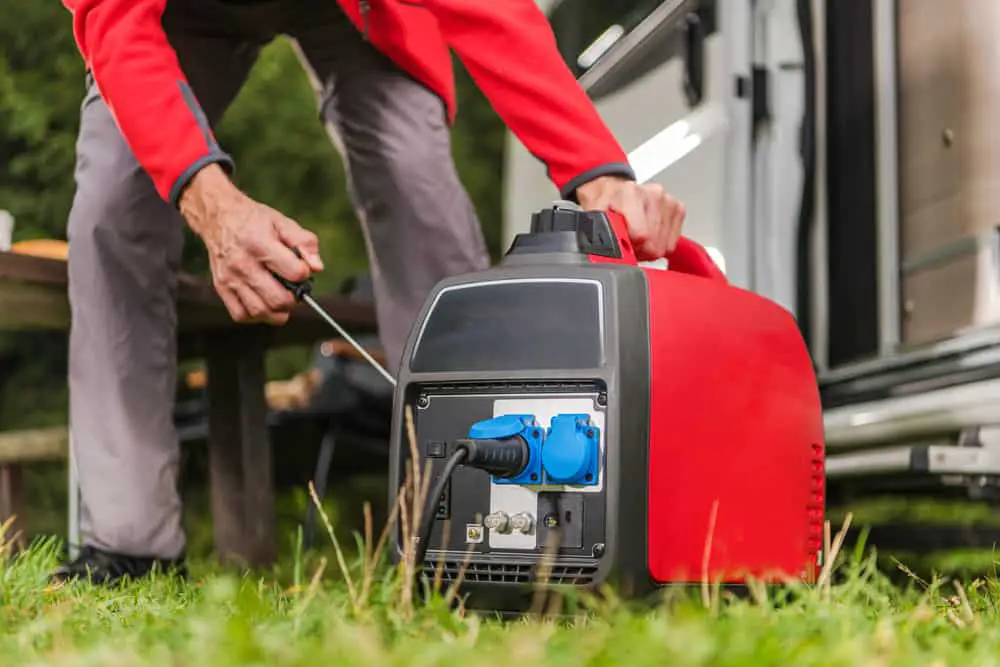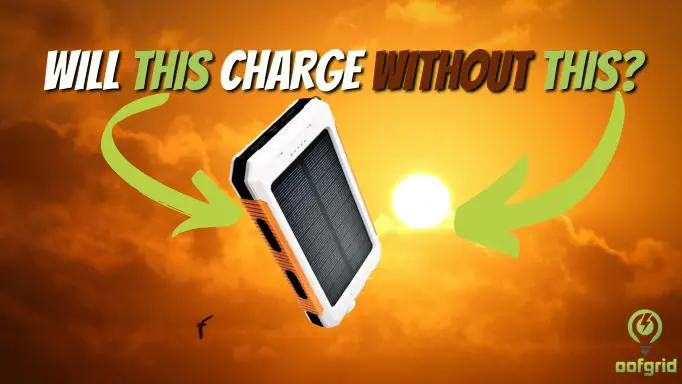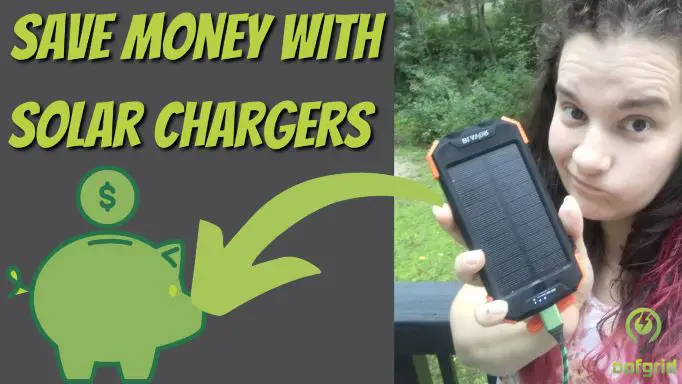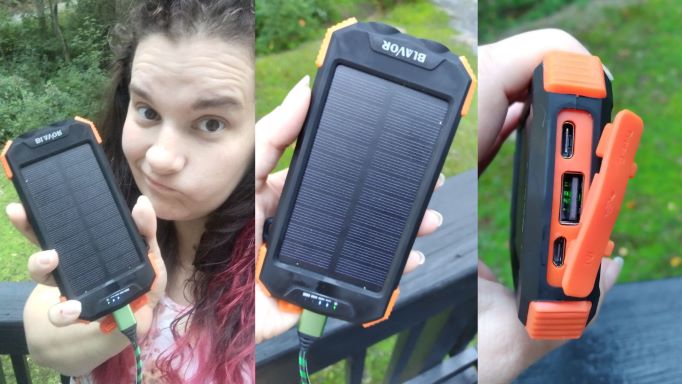How to start a generator? Perhaps you have a new generator, or this is your first one. Or maybe you have an old generator that you haven’t used in years and you aren’t quite so fresh on how to get it going.
Either way, you are here and need to know how to get your generator up and running. Perhaps you are facing a blackout and need to get it started so you can get the power back in your home.
Or maybe you are planning a trip in the RV and want to revise your generator know-how before you set off.
No worries let’s have a look at how to get your generator started and some useful tips on generators, with some facts to know before you get started.
Contents
Types of Generators to Consider
- Petrol.
- Portable Generators.
- Silent Diesel.
- Propane Electric.
Generator Starting Tips
What to consider before you start up your generator
The first thing you want to do before starting up your generator is to consult your user’s manual.
Everyone may hate having to glare at a large instruction and safety booklet when they use a new product, but it is certainly key with generators.
Every generator is different and different makes, models and fuel types will have different quirks and traits that differ from others.
Use this to check everything over and make sure the generator is assembled corrected and is set-up adequately ready for use.
Now we want to be cautious, check your generator and your using space for damage and leaks, especially if you have recently encountered a storm.
This is even more important for gasoline generators, as you do not want to start up a gasoline generator if you have recently experienced a natural gas leak.
Now, you need to make sure your generator is outside, your generator must be at least 15ft away from your house or RV.
Never EVER operate a generator indoors, even in your garage or shed as you could kill yourself through carbon monoxide poisoning by doing so.
You should also be cautious of storms and harsh weather conditions, do not run an unprotected generator in a storm.
If you do heavy rain can damage the engine which can cause an electrical shock. To avoid this problem and to be able to run your generator in unkind weather conditions, it is smart to invest in a generator tent.
Finally, you should double-check your oil and fuel levels, ensure you have no stale fuel in your generator, empty the contents if there is, and refill if needed.
Now, you should ensure that you disconnect all chords as you should start up your generator before connecting it to your home or RV.
Turning it on
Now that we have fully checked all the conditions to safely start up your generator, let’s get it started.
This will differ for each generator but the general rules are usually the same. For more information refer to your user manual.
- Flip the fuel valve.
- Turn on the choke.
- Now, turn the ignition (engine switch). Note that not all generators will require this but most do, before you pull the recoil cord. If it has an electric start button you will be using this instead of the recoil cord in step D.
- Pull the recoil, if it resists, let it go back, wait for a moment and try again.
- Once your engine has started up, move the engine choke to open/run. (Do this after a few minutes of the engine running.)
There may be a few occasions where your generator may not start up, these are usually rare and reasons range from simple to fix to more difficult.
The easiest way to ensure your generator always starts up easily is to maintain proper care of your unit.
My generator won’t start!
Let’s look at a few of the most common reasons why your generator won’t start.
Out of oil

If the oil level is low then it is unlikely that your generator will startup. In some cases putting your generator on uneven ground may trigger a low oil sensor, even if there is enough oil.
It is always wise to keep your generator on a flat surface, both to stop this error from coming up and also for the general health of your generator.
Out of Fuel

Regardless of the generator fuel type; petrol, diesel, dual fuel, or propane, if your generator is out of fuel, it simply will not start.
Add your fuel in when necessary, and for the most part, it is wise to not let it fully empty too often, to preserve the engine or battery life of your generator.
Be sure to empty old or stale fuels, especially with gasoline generators, as if it is older than two months it should be replaced.
The Choke
Mind your choke lever. During your startups, your choke lever should be set to the ‘closed’ setting and move open once your generator engine has started.
This may be in different positions on different generators but it remains the same, keep it closed before start-up and during and opened when the generator engine is running.
Fuel Valve

If your gas tank is full but no fuel is getting to the carburetor there may be an issue with your fuel line or fuel valve. Ensure that your valve is set to open and if it already is then it may be clogged.
Check that the vacuum relief valve on the top of your gas tank is opened, use a bucket and detach the outlet hose from the intake side to see if the gas is flowing freely, if not then you have found a blockage.
The Battery
For electric start generators, the battery may lose its charge if it is unused for a while, it can simply die from a lack of use.
But don’t worry it is salvageable, simply start the generator using the pull-starter, adding energy into the battery. If you don’t have this pull starter available, then you may have to use a third-party battery charger to do this.
Always ensure that you and your generator are safe and secure when you use it. Be sure to care with proper maintenance to get the best from your generator.






